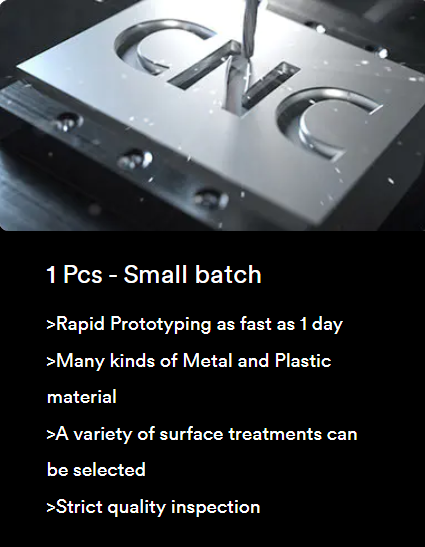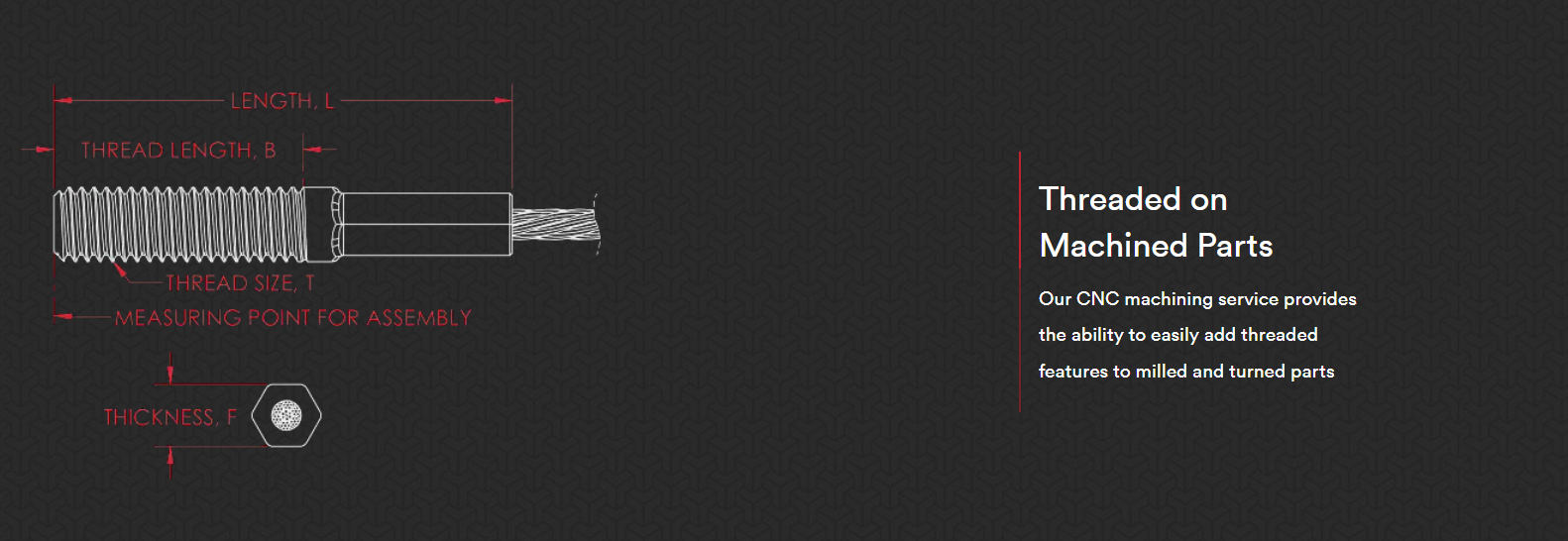Instrument circuit failure, how to deal with?
Circuit failure is inevitable for the instrument. In meter applications, learning and mastering some necessary fault detection and maintenance methods can not only improve production efficiency, but also save time waiting for maintenance and reduce maintenance costs. Today we will summarize the common instrument circuit fault detection and response methods. When tapping and hand pressure instruments are running, it often happens that the running time is good or bad. When this kind of failure occurs, the first consideration is caused by the reasons such as false welding and poor contact. For this situation, tapping and hand pressure can be used. The tapping method refers to tapping the connector. If a normal operation instrument fails when the connector is tapped, or if the instrument malfunctions after a fault, the connector can be judged to be faulty. . Hand pressure method is when the fault occurs, turn off the power and then hand pressure on the parts and plugs and sockets, and then boot to see if it will eliminate the fault. If it is found that it is normal to press the housing and it is abnormal after releasing, it is better to insert all the connectors and try again. Static static motion method checks the working status of the circuit before static motion. Static here refers to DC work and static work conditions, and dynamic refers to dynamic conditions. It is generally required to first observe whether the static working condition is normal. When the static working condition is good, check the dynamic working condition again. If the replacement method is complicated due to the fault, you can judge the possible location of the fault based on experience, and then use the same, normal connector board or good components, especially integrated circuits and modules, to replace the suspect points. Plug the board or component to try out the fault and see if the fault is eliminated. The replacement method requires two identical instruments or enough spare parts. Exclusion method In the detection method of the electronic instrument, the elimination method is also a frequently used method. The elimination method is generally used in the detection and use, and can eliminate one or more failures. The main advantage thereof is that it can save a lot of Time, can be more accurate and timely in the complex failure of the failure to be eliminated, the failure can be resolved in the shortest possible time, the disadvantage is that in the previous work, we must be careful, otherwise it is very difficult Good use of this method not only does not save time, but it also wastes a lot of time and cannot achieve ideal results. The so-called exclusion method is to determine the cause of the fault by inserting and removing some plug-in boards and devices. When the instrument returns to normal after removing a certain board or device, it indicates that the failure occurred. The comparison method selects two instruments of the same type, one of which is normal. Use tables, oscilloscopes, and other tools to measure data and compare voltages and output results. The two instruments are operated under the same conditions, the corresponding signals are tested, and the two signals of the measurements are compared. If they are different, the fault can be determined. Voltage measurement instrument in the normal working process, its operating voltage has a stable value or a certain range of changes. If an open circuit, short circuit, etc. exists in the circuit, this will cause the circuit's operating voltage to change or cause the component to have a parameter change. Therefore, the voltage of the key point in the circuit can be measured by the voltage measurement method, and the failure analysis can be made according to the fault phenomenon and according to the working principle of the meter. The human failure method is commonly used in the detection of commonly used electronic instruments. Subjectively, the method of detection is a common method. In addition to being influenced by objective methods, this subjective method is also a popular method of detection. Usually, it is the artificial setting of some faults, and the purpose of detecting the electronic instruments is achieved through the setting of the faults. This method refers to artificially creating some faults in the circuit, such as disconnecting an important device, checking whether the circuit before it is normal, short-circuit a certain part, and see if other parts are normal.
RongNa has more than 10 years experience manufacturing custom machining and precision parts for diverse regional and national partners. Our working team uses the latest in CNC machining machine
How Does 5-axis CNC MILLING WORK?
Cnc Machining,Custom Cnc Machining,Cnc Machining Service,Cnc Metal Machining Ningbo Rongna Technology Co.,Ltd , https://www.service-machining.com
Observational Sensing This is the simplest and most direct method. It uses the senses to directly determine the cause of the malfunction. Under normal circumstances, the damaged components will change color, appear small bubbles or charred spots; burned devices will produce some special smell; short chip will be hot; the appearance of the view, with the naked eye Can be observed as the circuit board connection, disconnection, copper foil damage, device cracking, fuse blowing, etc.; touch the hand to check whether the component is loose, whether the integrated circuit is inserted firmly, the battery, resistor, integrated block is hot, etc.; It is not normal to hear or smell any sound or smell.
We offer advanced 5-axis and 3-axis machining services that significantly increase the range of possibilities for working with complex surfaces and creating parts in numerous shapes and sizes. We provide custom Cnc Milling service and 3-axis, 5-axis CNC milling parts

Milling is the process of cutting and drilling material using a rotating cylindrical tool. This tool is held in a spindle and comes in a variety of sizes and forms. With 5-axis machining, there have two extra rotary axes defined by A, which rotates around the X axis, B, which rotates around the Y axis, and C, which rotates around the Z axis. The combination of additional axes depends on the machine and comes in variations, including AB, AC, or BC.
With 5-axis machining, the table or cutting tool can be tilted, creating the ability to avoid collision with the tool holder and allowing for better access to part geometry. This also ensures improved tool life and cycle time as it helps maintain cutting position and constant chip load. This type of machining offers a push toward single-setup machining, creating shorter lead times and increasing efficiency.
CNC milling is complex machining technique which utilizes several types of pre-programmed CAM and CNC controls to build customized components or parts. We are professional custom CNC milling company and 5 Axis CNC Milling Service provider in China, we offer the manufacturing of precision machined parts and solutions at affordable rates to meet the growing demands of the clients across the world.
We have several machining centers for creating complicated shapes or parts for your products. Contact for more.
